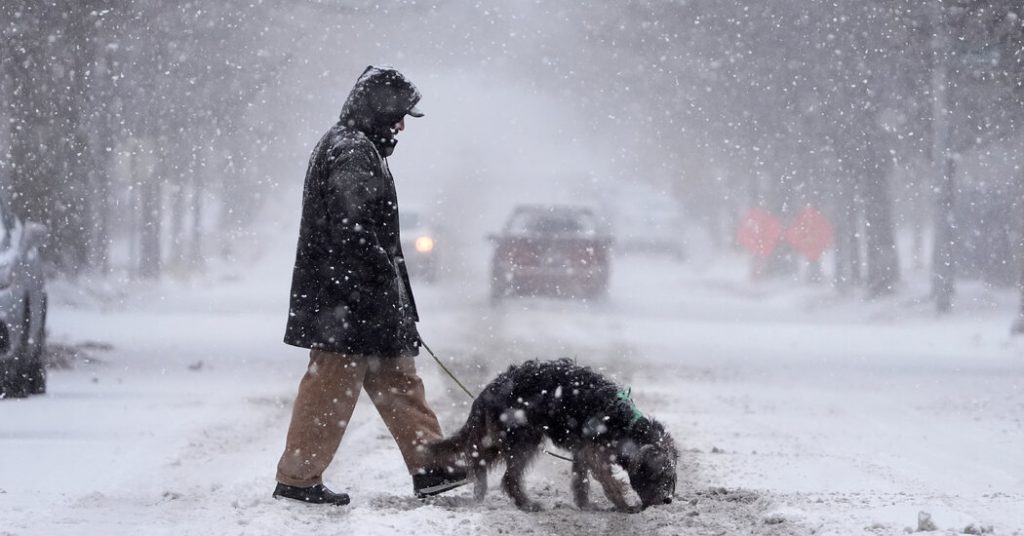A significant winter storm swept through the central United States, the Midwest, and into the Mid-Atlantic, causing havoc along its path. Kansas was particularly hard hit, with most of the state under winter storm and blizzard warnings on Sunday. The Kansas City metropolitan area experienced rapid snow accumulation, lightning, and wind gusts up to 35 miles per hour. Multiple accidents were reported, including overturned vehicles and trucks sliding into ditches. The National Weather Service warned of up to 15 inches of snow in some areas, the highest accumulation in a decade, creating extremely hazardous travel conditions.
As the storm moved towards the Mid-Atlantic, cities like Pittsburgh were expected to see snowfall during the morning and evening commutes. While the storm severity was expected to decrease compared to Sunday, moderate impacts such as hazardous driving conditions were still anticipated in Delaware, Maryland, New Jersey, Virginia, West Virginia, and southern Pennsylvania. States in the storm’s path declared states of emergency to enhance their responses, while Baltimore and Washington, D.C., were expected to receive new snow accumulations of three to five inches on Monday. Freezing rain was also predicted to extend from Kentucky to the Mid-Atlantic, raising concerns about potential power failures.
By Tuesday morning, the snow was forecast to taper off, although light snow may persist in parts of the Central Appalachians. Cold and gusty weather was expected in the following days, with below-average temperatures stretching from the eastern Rockies to the East Coast. Afternoon highs in Washington were projected to be in the 30s, with overnight lows in the 20s. Bob Oravec of the Weather Prediction Center noted the persisting cold weather throughout the week. Over 60,000 customers in Kentucky and 50,000 in Indiana were without power early Monday, underscoring the storm’s impact on infrastructure and daily life.
Overall, the winter storm left a trail of disruption and danger in its wake, affecting multiple states and prompting emergency declarations to manage the fallout. From Kansas to the Mid-Atlantic, residents braced for challenging travel conditions, with snow, freezing rain, and blizzard-like conditions making roads treacherous. As the storm continued to move eastwards, cities like Pittsburgh and Baltimore experienced disruptions to daily routines and transportation. With cold weather persisting into the following days, communities were advised to prepare for below-average temperatures and potentially icy conditions. Despite the challenges posed by the storm, emergency responders and weather agencies were on alert, working to mitigate its impact and ensure the safety of residents in its path.


